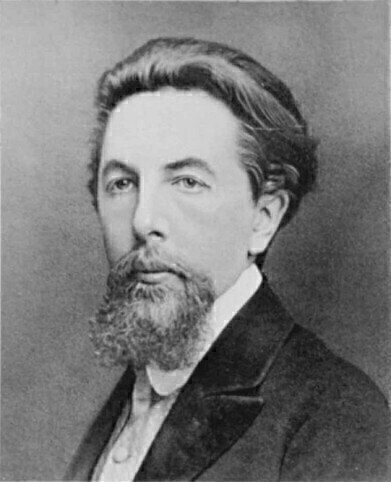GC, MDGC
Why is Chromatography Called Chromatography?
Aug 01 2014
Chromatography is the practice of separating out a compound into its various components to quantify and identify them. This is achieved by converting a solid or liquid into a gas, and measuring the differing times each component of the substance will take to achieve this conversion. The practice was first pioneered over a century ago - but why is it called chromatography? This article will shed some light on the conundrum.
Capillary Analysis and Other Precursors of Chromatography
The earliest practices that can be likened to chromatography surfaced in the mid-19th century, when German chemists such as Friedlieb Ferdinand Runge, Christian Friedrich Schönbein and Friedrich Goppelsröder analysed the reactions of substances with filter paper. Schönbein dubbed this research “capillary analysis”, since he theorised that the reactions stemmed more from capillary action than from adsorption.
Though these techniques bore some resemblance to the chromatography would follow, they are more accurately described as precursors than actual early embodiments of the science.
Mikhail Tsvet and Early Column Chromatography
In the 1890s, column fractionation was developed as a technique to separate out the different components of petroleum. Mikhail Tsvet (as seen in the image above), a Russian-Italian botanist, combined this practice with the paper-filter techniques mentioned above to create what can be regarded as the earliest form of true chromatography. He did so to achieve the separation of various colour pigments from plants. As a result, he named the technique “chromatography”; “chroma” from the Greek word for “colour”, combined with “graphy”, meaning writing or recording.
Interestingly, Tsvet’s surname means “colour” in Russian as well, offering a second explanation for his decision to coin the term. Perhaps the name was chosen purely for his efforts in separating plant pigmentations, but perhaps it was an effort to commit his own surname to the history books. Whatever the answer, the first known use of the term “chromatography” in print came in his 1906 discursive essays on chlorophyll in a German botany journal.
Despite the groundbreaking work undertaken by Tsvet, his findings were not developed upon for around another 20 years.
The Evolution of Chromatography
In 1927, Raphael E. Liesegang performed paper chromatography, which he developed until it bore a striking resemblance to modern-day paper chromatography in the 1940s. The practice was taken up by Archer Martin and Richard Synge, who popularised it and went on to develop further techniques. The former scientist, Martin, later collaborated with Anthony James in pioneering gas chromatography, which would become the practice of choice in modern times.
These days there are a wide variety of different gas chromatography techniques. For more information about the different types and their various merits, please read the article: What are the Different Types of Chromatography Techniques?
Image Source
Digital Edition
Chromatography Today - Buyers' Guide 2022
October 2023
In This Edition Modern & Practical Applications - Accelerating ADC Development with Mass Spectrometry - Implementing High-Resolution Ion Mobility into Peptide Mapping Workflows Chromatogr...
View all digital editions
Events
Apr 28 2024 Montreal, Quebec, Canada
May 05 2024 Seville, Spain
May 15 2024 Birmingham, UK
May 19 2024 Brno, Czech Republic
May 21 2024 Lagos, Nigeria














